Breast augmentation with Dr. Bitar comes with a wide range of impressive advantages, including the following:
- Increases youthful volume in the chest
- Combats signs of aging
- Improves balance, proportion, and symmetry
- Enhances overall breast shape and projection
- Expands options for clothing, swimwear, and lingerie
- Heightens confidence and self-esteem
- Long-lasting, natural-looking outcomes
At the Bitar Cosmetic Surgery Institute, we take pride in providing our patients with the best possible surgical experience, emphasizing patient safety while optimizing surgical outcomes. This process includes comprehensive preoperative preparation and patient education, the development of a personalized operative plan, and a thoughtful postoperative care regimen that emphasizes patient comfort and promotes recovery.
The Institute has adopted several strategies to further ensure patient safety. We are selective and only offer surgery to patients whose overall health and lifestyle choices allow for healing and facilitate recovery. To minimize risk, we require a thorough preoperative assessment that includes a comprehensive history and physical examination, as well as targeted laboratory tests.
All surgeries are performed in-house at our AAAASF-accredited surgical suite, representing the gold standard in patient safety and care. This certification ensures we meet the highest standards, with board-certified anesthesiologists and nurses on-site, adhering to strict protocols to minimize risks and optimize outcomes. Dr. Bitar is committed to continuing education, refining his skills, and introducing new techniques, all with the goal of enhancing safety and surgical outcomes.
We emphasize patient safety in our peri-operative care plan, advocating early mobilization, optimizing nutrition, and providing detailed care instructions. After surgery, patients are seen in our office frequently and early, starting the day after their procedure, and a staff member is available around the clock for any questions or concerns. Our entire team is dedicated to our patients’ well-being, and every measure is designed to minimize potential complications, promote a comfortable and rapid recovery, and optimize surgical outcomes.

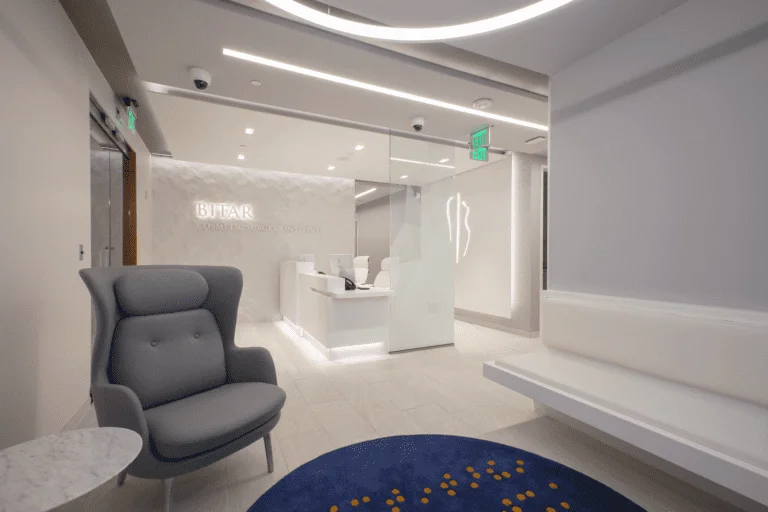

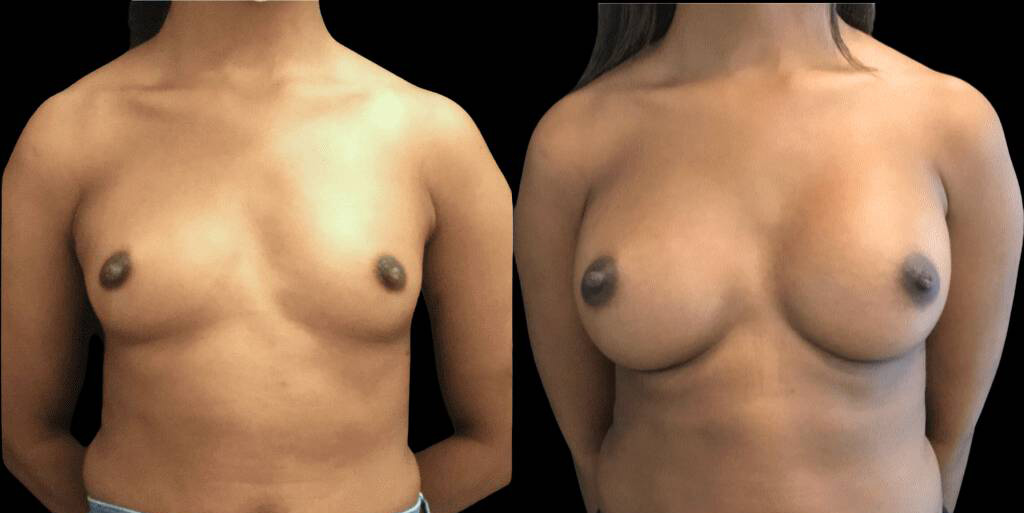


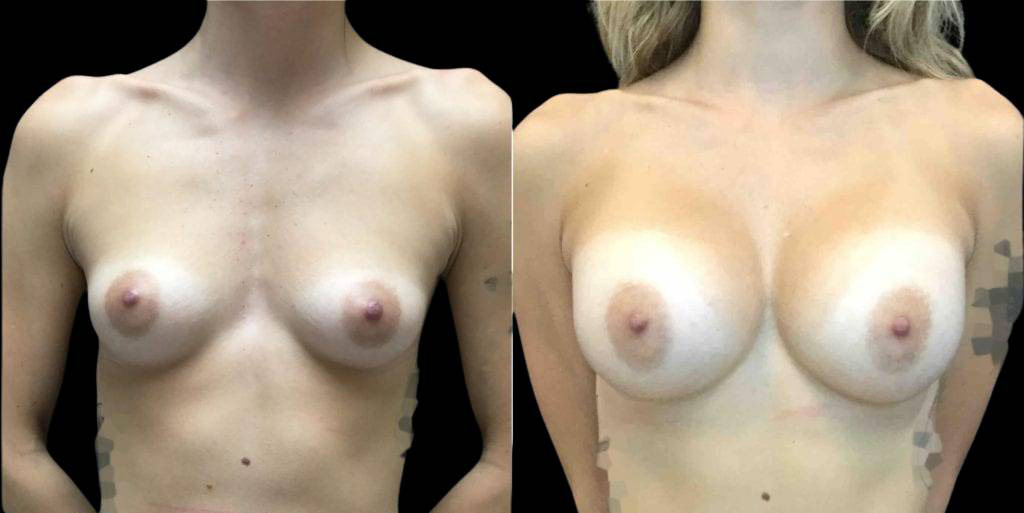
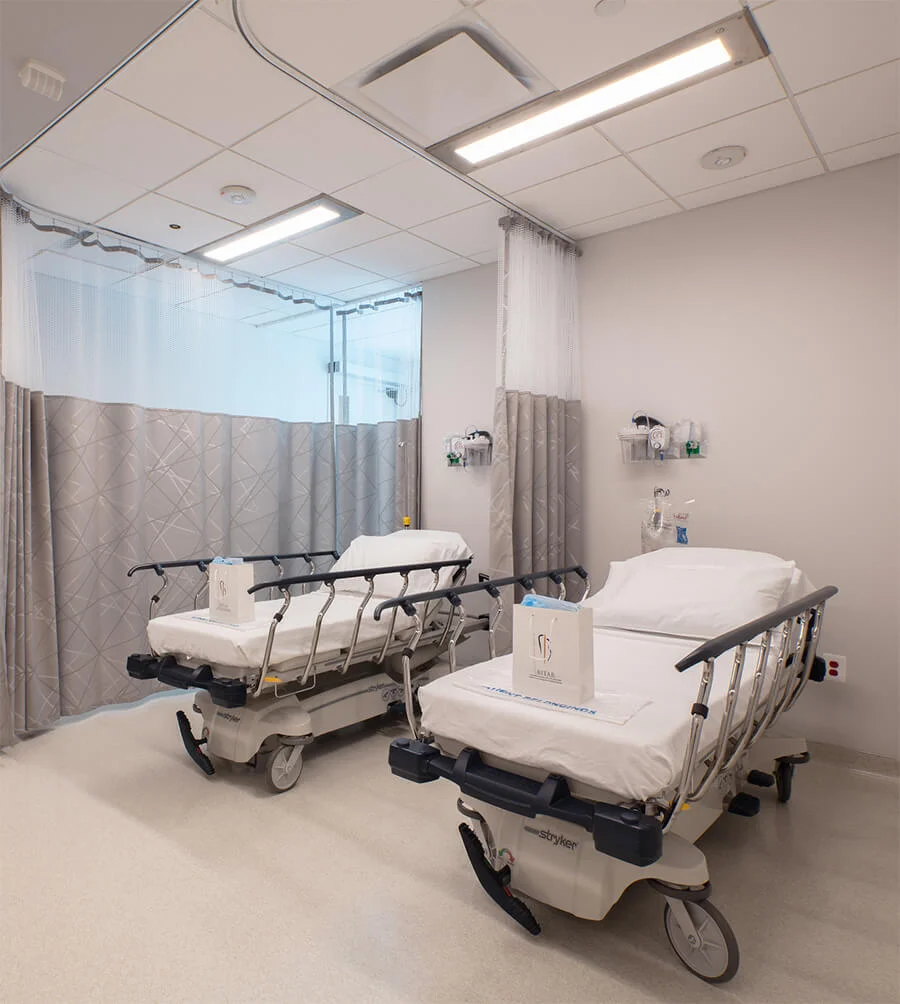
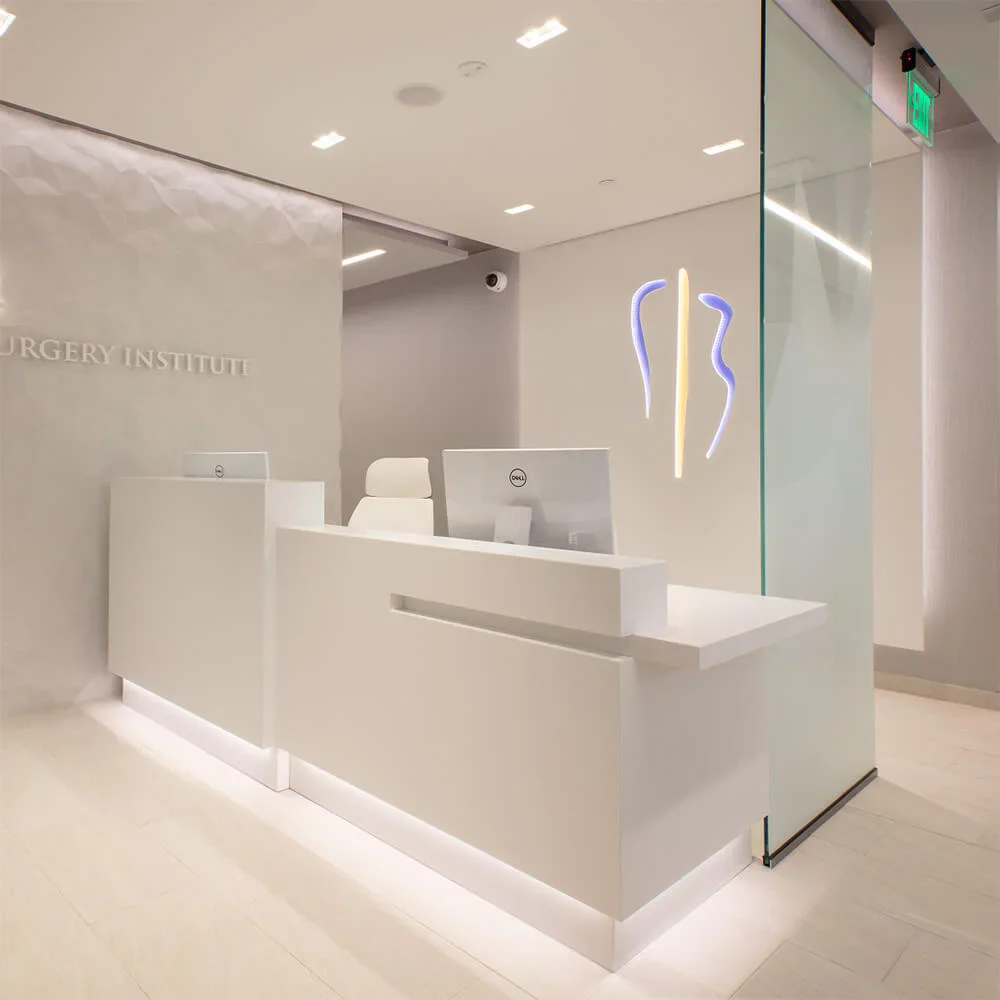
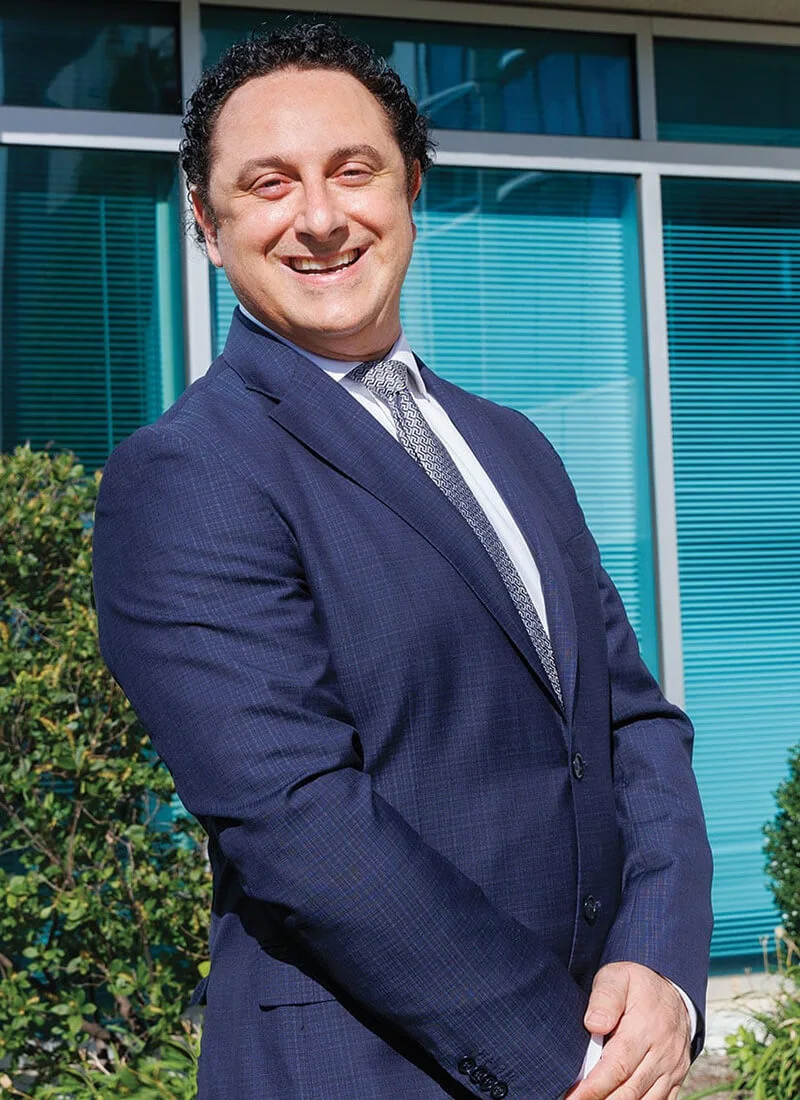

“Natural beauty but doing a little somethin’ somethin’ to make beautiful features pop is what the Model Lift™ accomplishes.”
–
Dr. George Bitar
Follow Us On Social Media